Primary colors have been my nemesis. I love bright colors, can’t get enough of it, so when my two previous pours with red, yellow and blue turned into something dark and gloomy I was SO disappointed. Both were scrapped.
Spinning a record with primary colors
Primary color flip cup on a tile
But I’ve been practicing, over and over, Trying different things, seeing what worked and what didn’t work. The secret is in how the paints mix together – or rather how to prevent them mixing together too much. Red, yellow and blue when mixed all three, don’t make a nice color – more of a muddy brown which could fall more towards red, green or blue depending on how much of each color you added. Yes, I can confirm this from my earlier unsuccessful pours. Not good.


But mixing any two together makes a nice color – green, orange or purple. Just avoid mixing all three! Check out the video below for how I did both a flip cup and a dirty pour and avoided the mud, getting nice bright colors each time 🙂
Now I have several really nice bright and happy examples that I am pleased with. OK, so primary colors might not be everyone’s idea of a nice painting, but I’m delighted. First, it makes me smile and second, I mastered a new skill.
Check out the slideshow below for lots more images of these successful primary color pours. Then go give it a try yourself – have some fun with color today.
After being told in high school that she was so bad at art that she should switch to another subject, Deby didn’t paint again for 35 years. Then a stroke released a new wave of creativity and she began exploring with dot painting, abstract and eventually acrylic pouring, and at last the joy of working with color returned. You don’t need ‘talent’ to be an acrylic pouring artist – just enthusiasm, some basic instruction, and a willingness to try, fail and try again. Paint along with her and learn from her many mistakes, and you’ll soon make great art together.

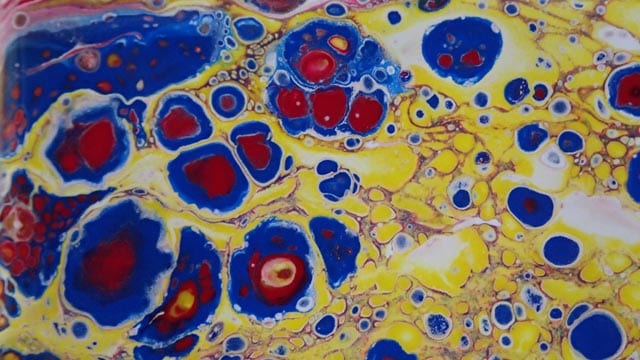
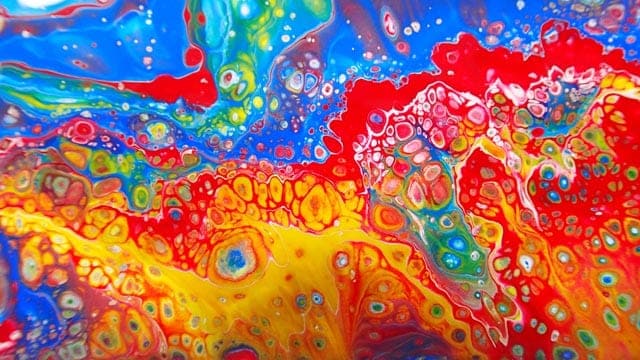
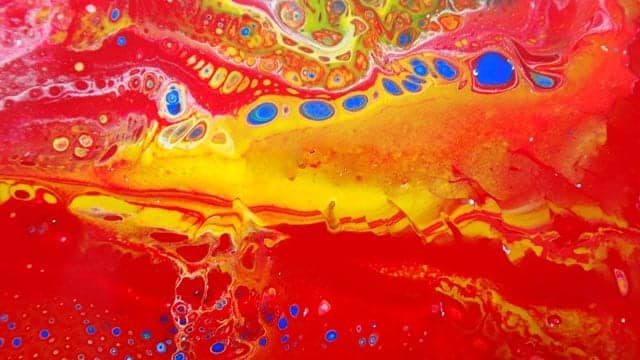
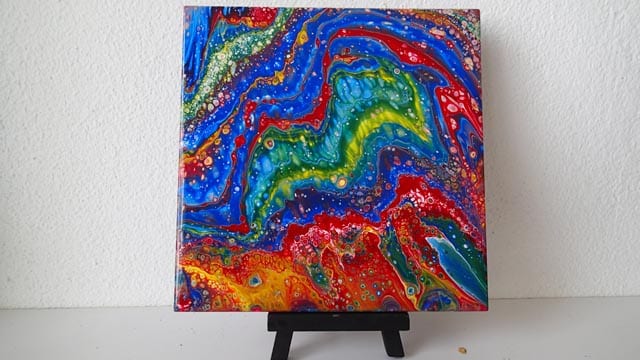
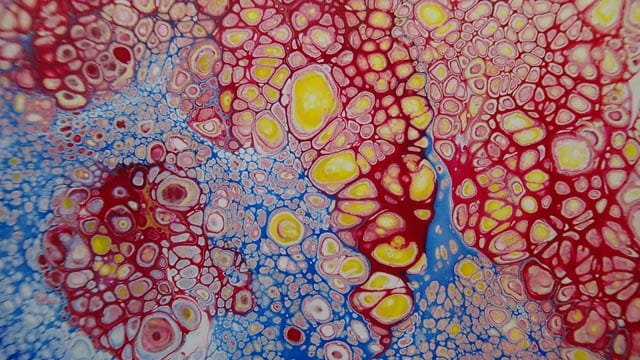
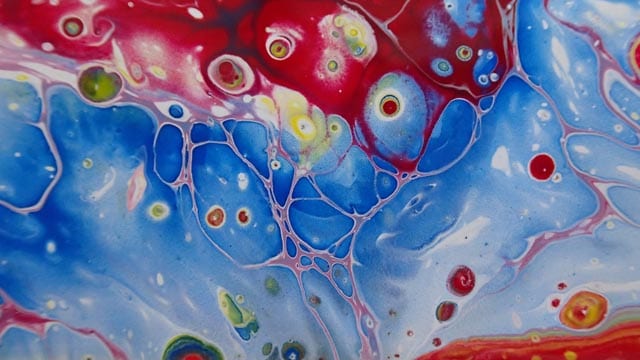
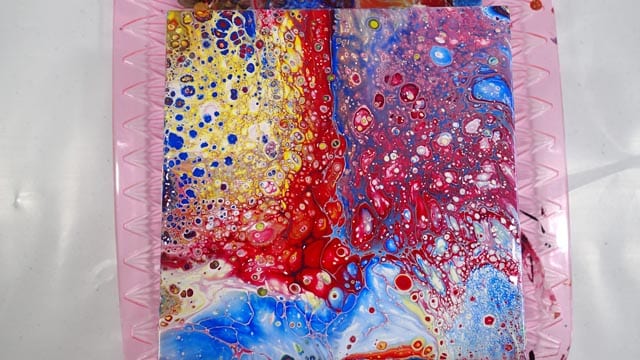
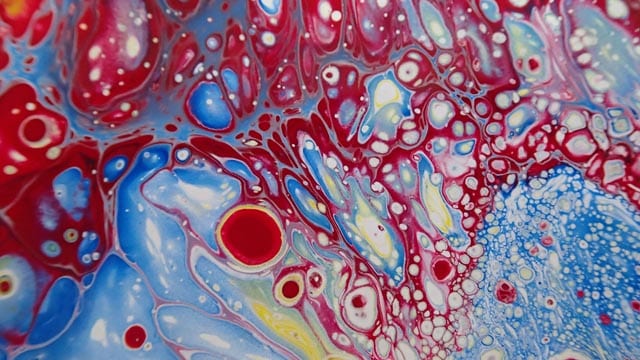
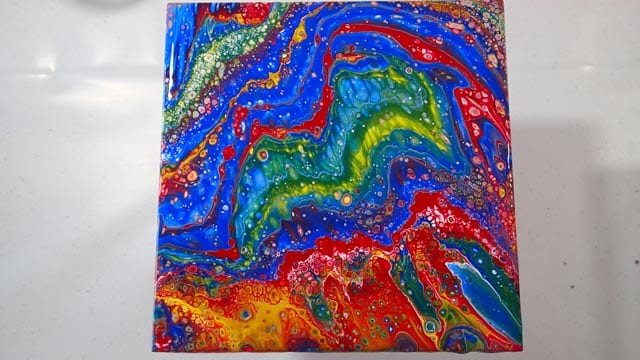
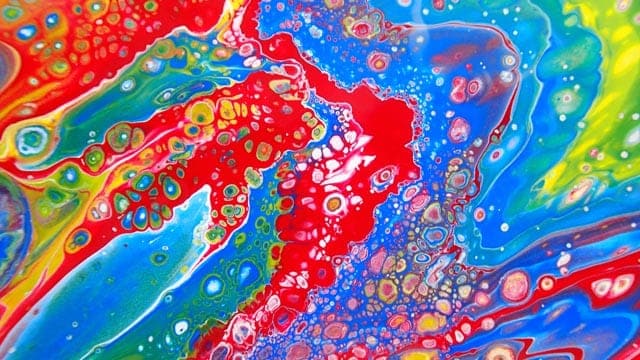
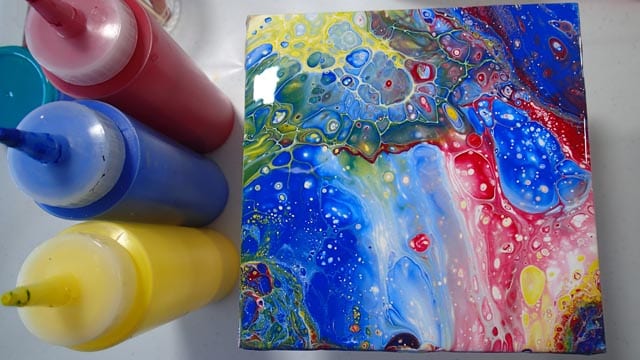
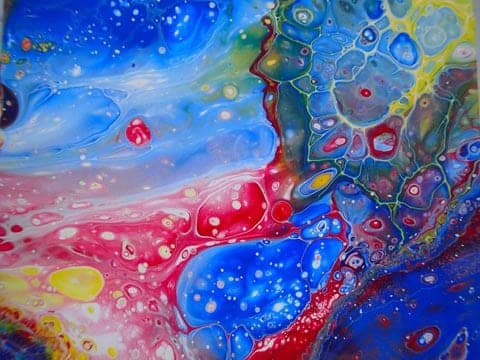
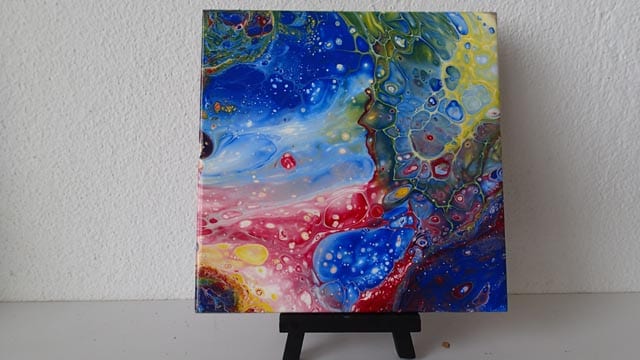
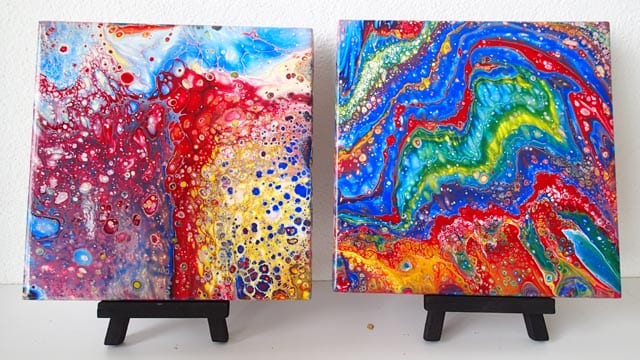
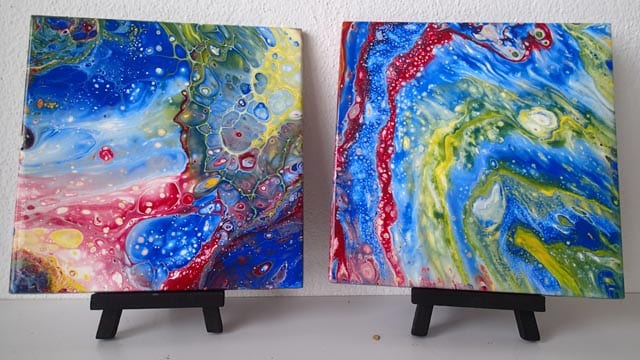
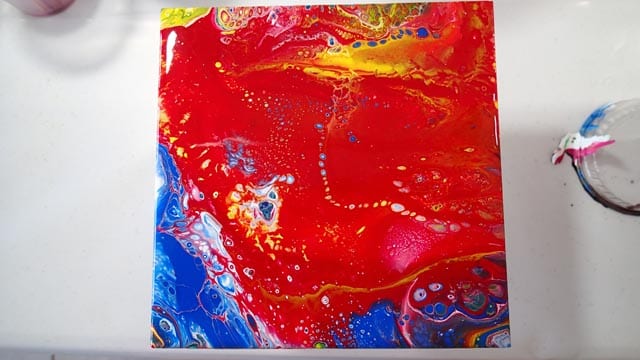
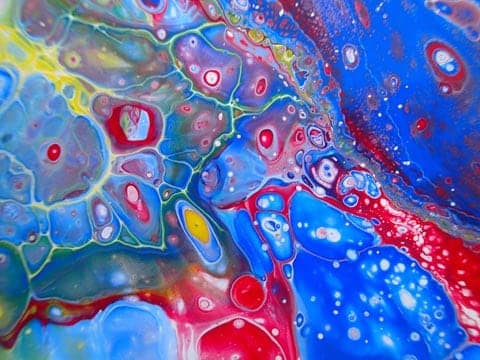
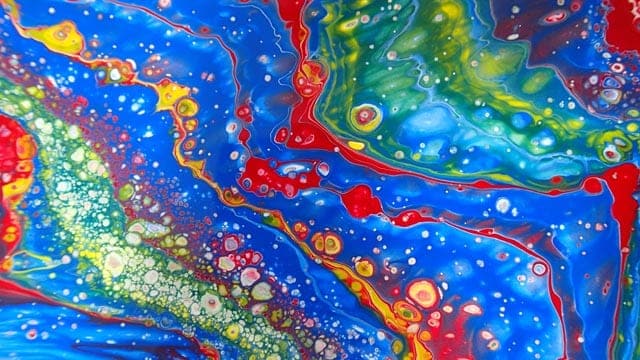
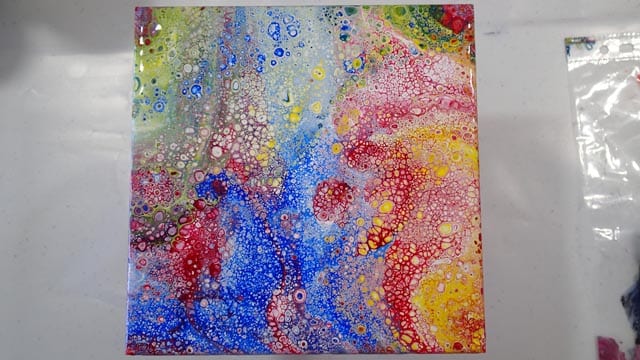
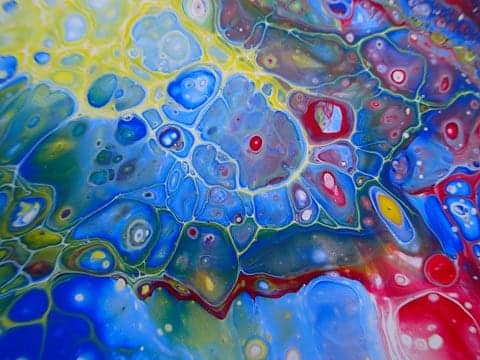
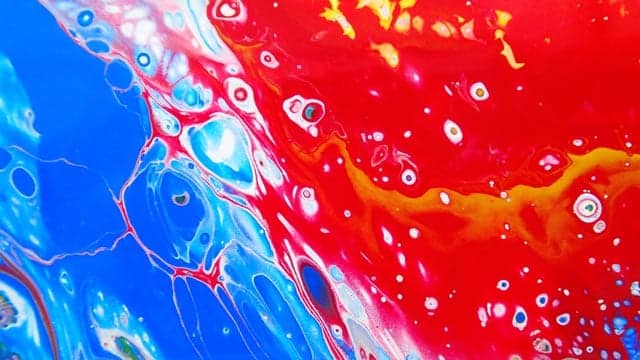
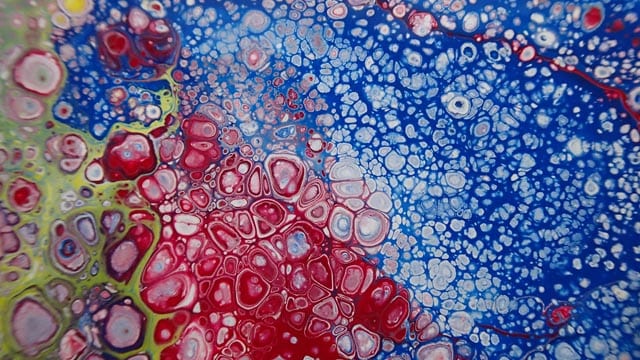
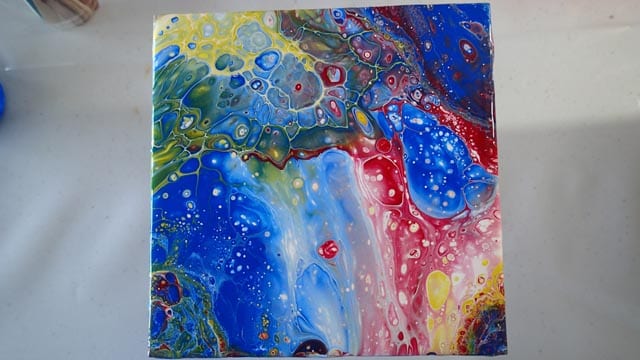
Your pours are nice andclen! I think you definitely have it. I am new to this and wondered what is your recipe if you don’t want to write it down just shoot it to me in messenger . I’m using the voice to say this so it doesn’t come out right my hands are messy from fading so can’t type. I really enjoyed watching your stuff deby. I look forward to more thank you XOXO Onna Addis
I usually list my recipe in each of the videos, its not a secret but it does change from time to time. In this one I used 1 part floetrol to 2 parts paint, a little water as needed and a drop of silicone in each color. Hope that helps and thanks for the nice comments.
The video on primary colours dirty pour, is it a canvas or a ceramic tile that you have used as the canvas? also the result after the paint drying is every so glossy and beautiful… what makes it so glossy? I am new to these things and would love to hear back from you… Thank you for the lovely videos
I’ve used tiles in this video for practic and testing. If my practice pieces are good enough to keep I finish them with this glossy clear sealer – it’s my absolute favorite! Thank YOU for the lovely comment.
No silicone?
Yes there was a drop of treadmill oil in each of the colors.
Hi there,
What is the white substance you are pouring along with the primary colours? Is it white acrylic paint?
Thank you
Melanie
Yes, the white is a regular acrylic paint as well.
How do I keep the acrylic fluid red color from turning pink when I add it to the white medium?
If the medium is a little white, then the colors will lighten when you mix them. However the pouring mediums dry clear, so the dry painting will revert back to the original bright color.
Thank You
Hi Deby, I am new to this and yet to try my first painting. Like you I have now spent a lot of time researching the various techniques and after watching your video I am now comfortable to start. Thank you for sharing all this useful information, especially the protective finish details,
Glad you’ve enjoyed the material, Rosie! Good luck with your first pour 🙂
I really love your videos and all the information you give, Thank You!
I love your pours!! What do you do with all your finished tiles that you paint?
I’m wondering what proportion the white is to the other colors. I know that the surface I am covering will need around 12oz. I noticed that you pour white in between each color. Should I do 6oz white and 2 of all the other colors or would that be too much? This will be my first pour I’d love to be happy with it….
Also, I will be pouring on a wood circle. Would you recommend priming it in some way? All the videos I’ve seen show just pouring on plain wood, but thought I would ask. Thank you!
What size cup did you use and where did you find them. It looked straight up not tapered. I love your way of not having the colors blend together.